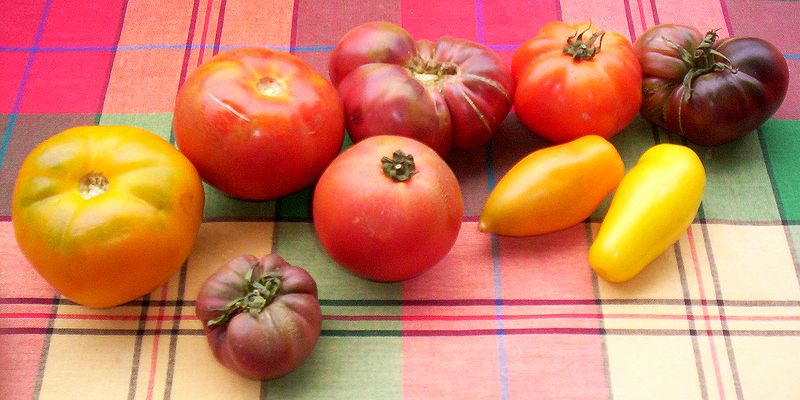
"The Atomic Gardening Society had the lofty goal of furthering scientific research. It was really an early crowd-sourcing, citizen-scientist movement." (Image by Nicosmos.)
American gardening took a turn for the unusual after WWII when some gardeners purposely irradiated plants to produce mutations which they hoped would be beneficial. In the wake of Japan’s nuclear disaster, Pruned interviews scientist and gardening historian Paige Johnson, who guesses at the results of these experiments, which were not well-documented, but may still be having an impact on our food chain. An excerpt from the Q&A:
“Pruned: What were some of the mutations these gardens produced?
Johnson: While the scientific experiments are documented pretty well in the journal literature we actually don’t know what mutations came from the home experiments. The Atomic Gardening Society had the lofty goal of furthering scientific research. It was really an early crowd-sourcing, citizen-scientist movement. Very ahead of its time!
But obviously there are issues around properly controlling experiments in people’s backyards, and there was no avenue to ‘publish’ results. A really interesting part of this investigation is what unknown progeny might be out there.
Pruned: So really there might be an atomic heirloom tomato that’s now growing on somebody’s allotment garden. They’re thinking that it’s strangely misshapen and uniquely pigmented because it’s an heirloom, but in fact it’s a gamma-mutated variety. It’s a kind of amnesia, one that’s actually fairly common when it comes to the foods that we eat. Pick any vegetable or meat at Wal-Mart or the local farmer’s market, and more likely than not, there’s a long history there of genetic manipulation that’s largely forgotten.
Johnson: The atomic plant varieties certainly fit it with your ‘food amnesia’ premise; it would be rare for the consumer to know anything about the genetic history of the food we consume, much less if it came out of the mid-century atomic experiments. But the path from an irradiated seed, or a gamma garden, to the table can be anything but straight.”
